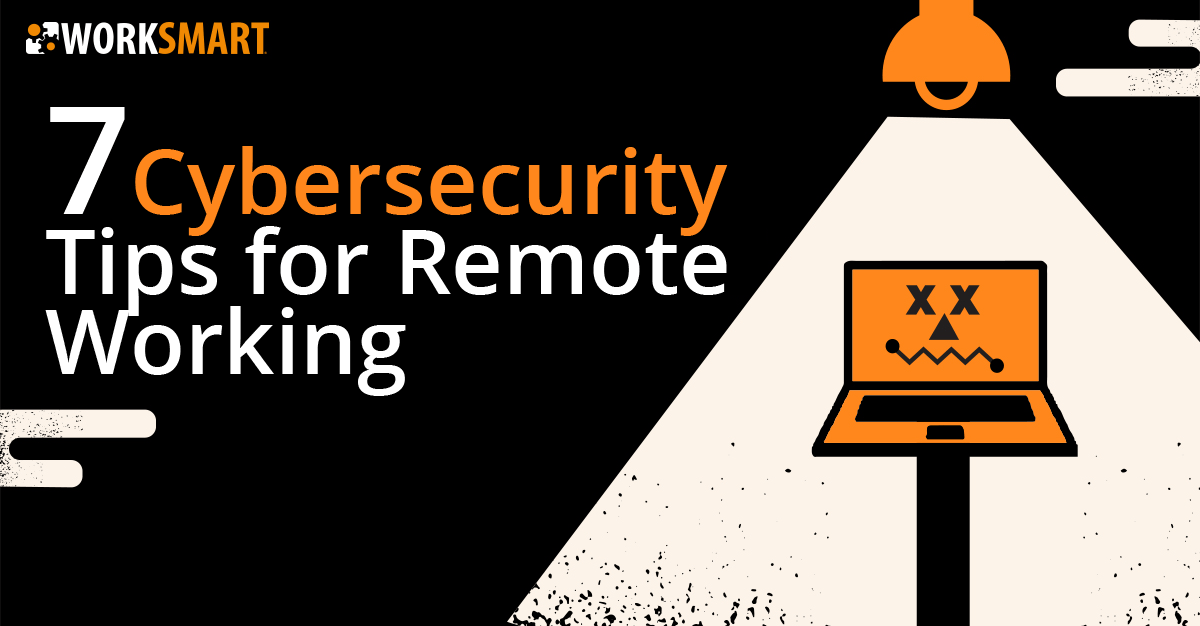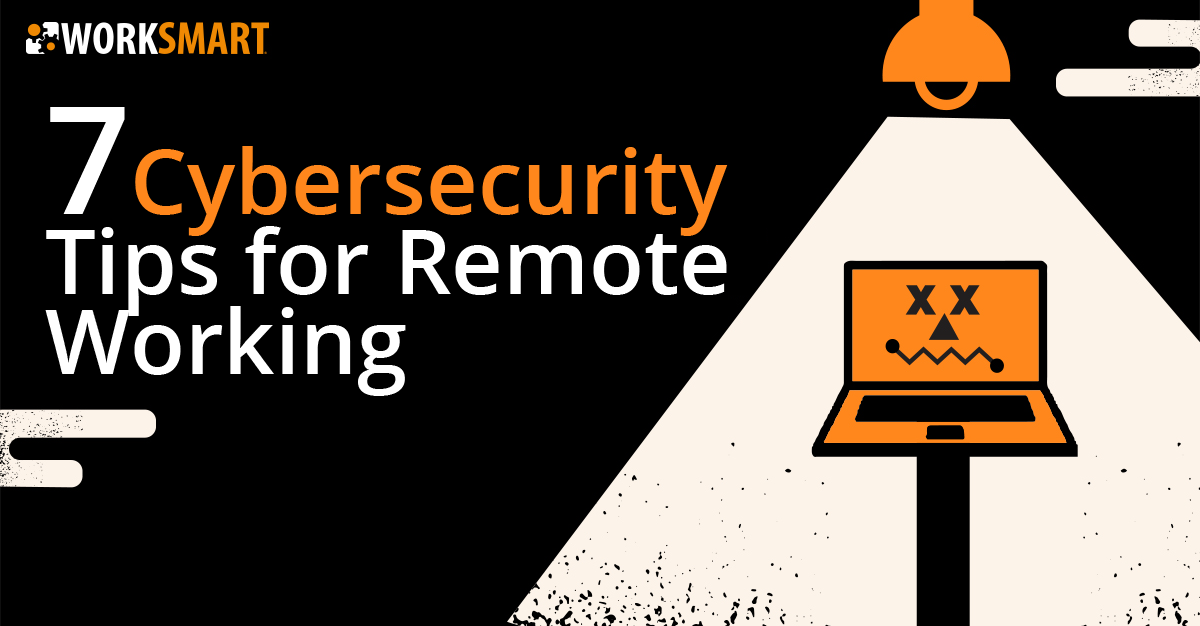Remote work creates risk for your business because your employees don’t usually have the same safeguards at home as in the office. When your employees – and your computers and data – are at the office, they’re protected by layers of security controls. When they leave the office, you can still offer them protection.
By following a few best practices, you can keep your organization safe while your employees work from home. Here are 7 cybersecurity tips for remote working.

Limit the use of personal devices.
If employees are using personal devices for work, there is an added risk. Cyber attacks usually occur with these devices because operating systems aren’t up to date or anti-virus isn’t installed. Make sure all devices that access your network meet your company’s security standard.
Install the right endpoint security tools.
Having traditional anti-virus software is not enough anymore. You can easily strengthen security for your endpoints, or your computers, by adding:
- advanced anti-virus to protect against new and evolving threats,
- and DNS security to protect you from the internet.
Remind your team about the importance of cybersecurity.
Social engineering efforts like phishing have increased with the pandemic and the massive shift to remote work. Your employees can be your best defense against cyber attacks by learning to detect potential threats with Security Awareness Training.
Set up a secure connection to the office.
You can securely log into the office network, through the internet, by using a VPN. It creates a secure virtual tunnel that keeps the data private and unaltered as it travels the internet.
Add more security for logging in
With cyber threats evolving, protecting access to your cloud applications is more than just enforcing a strong password at login. You can keep cybercriminals out, even if a password were compromised, by adding multi-factor authentication. Also, granting your team the least amount of access needed for their work responsibilities limits the risk of attackers gaining access to critical apps (and data).
Save files to the cloud, not your desktop.
Ensure that employees are not downloading data directly to their desktop. Cloud services like Microsoft 365 (OneDrive for Business or Teams) make file storage and sharing easy and secure.
Cybersecurity and Remote Working
For many, remote work will continue to be the “normal”. With the right tools and policies, you can keep your organization protected even when your employees leave the safety of the office network.
If you’d like to review your work-from-home strategy, give us a call!


